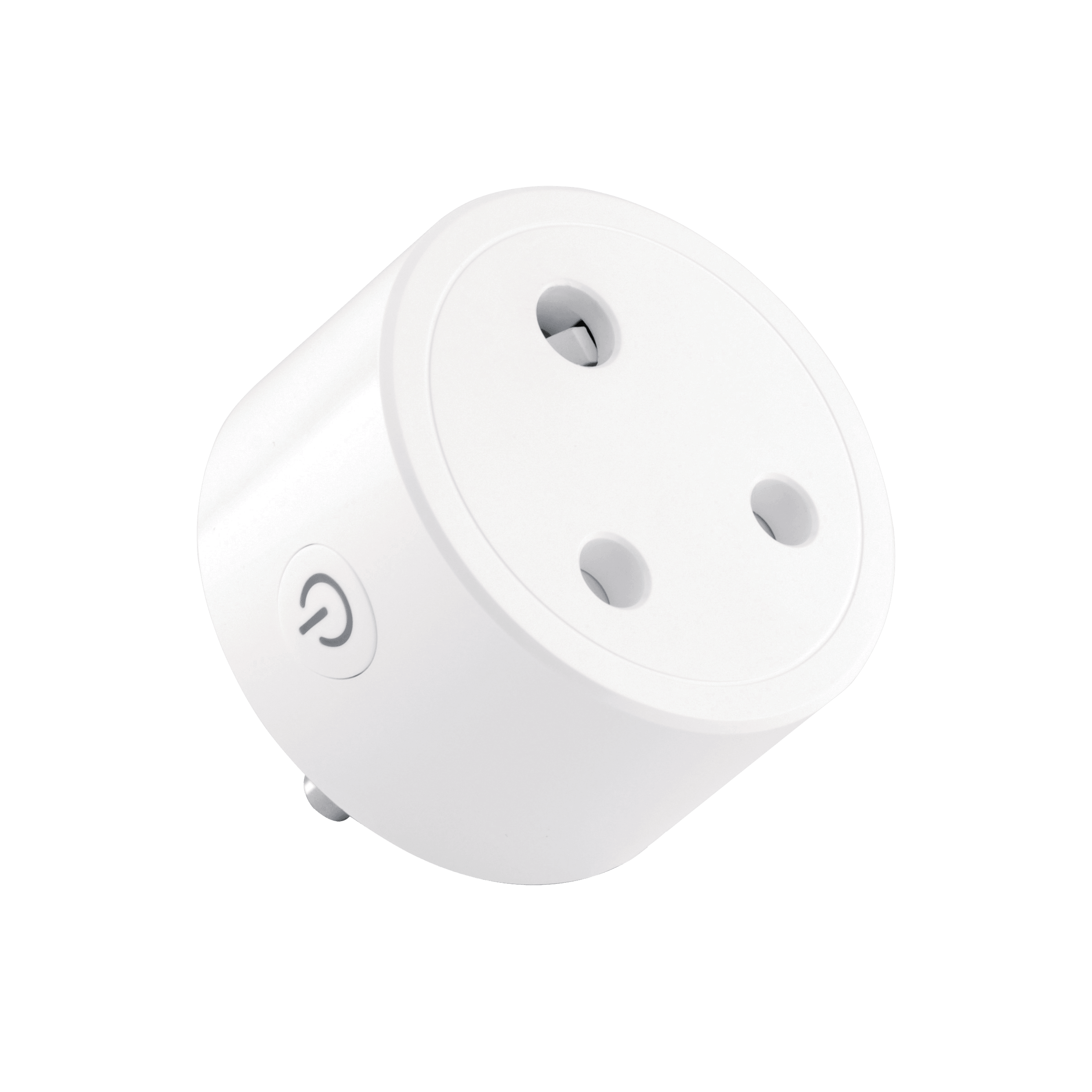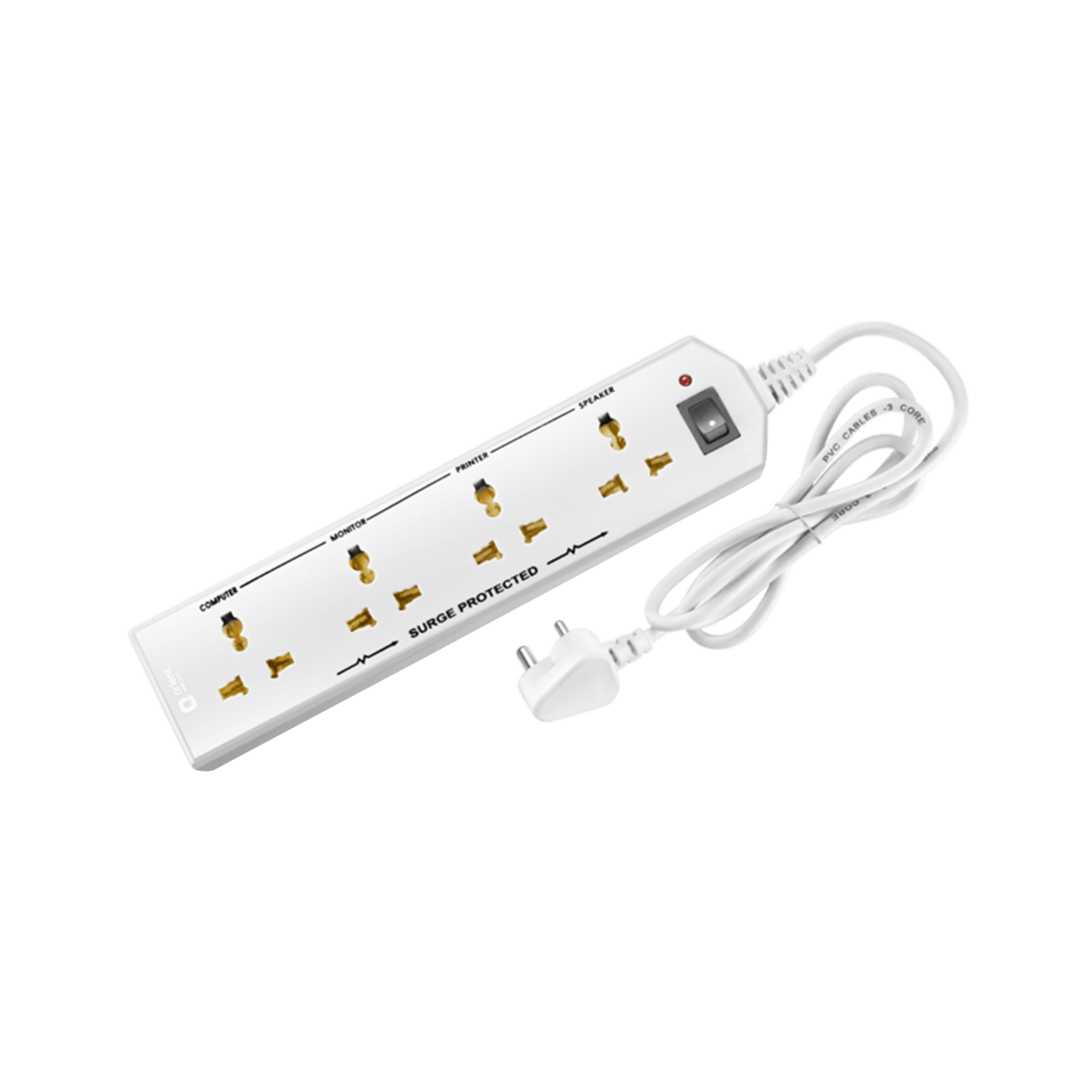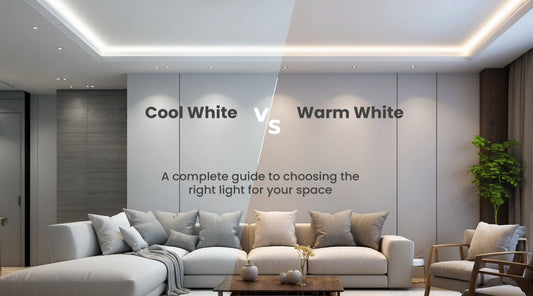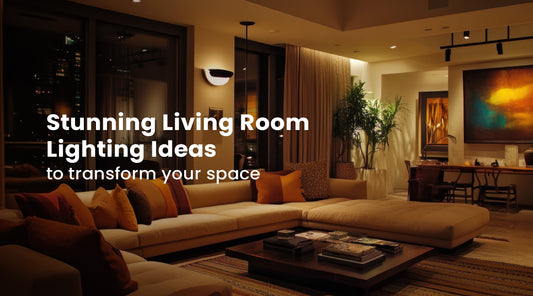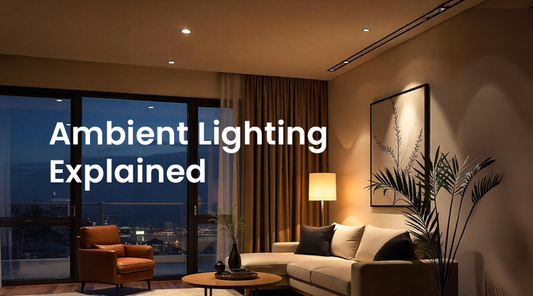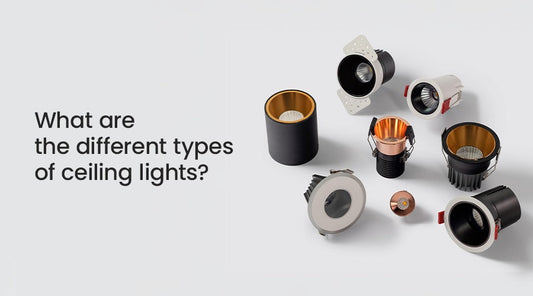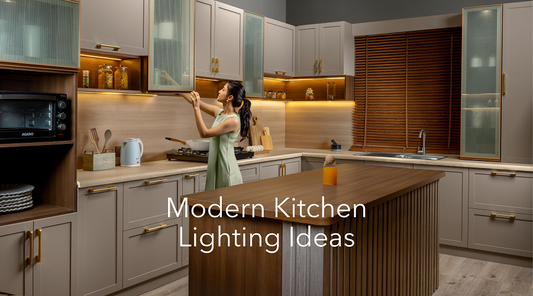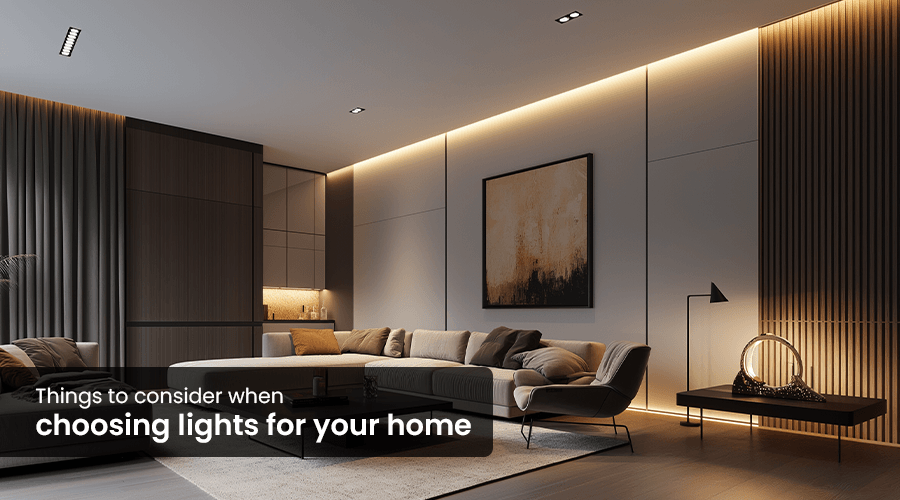
Things to Consider while Choosing Lights for your Home

The very first thing we do as soon as we enter our house, or our bedroom, is to look for the light switches. And we all remember those moments when we stumbled over furniture in the dark while reaching out for lights. It is a key element in our daily lives and hence it is important to have good lighting in and around your house. If you have spent a fortune on your interiors, you also need to invest in good lighting to make them look beautiful and accentuated.
Lights, however, being a very small element for a home, we do not put extra effort into choosing the one that fits your style, aesthetics, and living spaces. This is a guide that will make your job easy, giving insights into the intricacies of lighting for home, and help you buy the one that fits perfectly for your home. Before we dig deep, let's understand the types of lights for home.
Types of Lighting to Consider
It does not just accentuate your aesthetics, lights can also uplift your mood which is one reason why there is a specific light for your bedroom, living room, and dining room. Here are the types of lighting that you can check out:
Ambient lighting: This is one of the main sources of light in a room. This light provides the right illumination your living spaces need and sets the overall tone. Ceiling lights or chandeliers are the ambient lights that light up your living room, making it easy to move around and see clearly.
Task Lighting: These are focused lighting for when you are doing some specific activity. This is the type of lighting that is perfect for areas where you need bright and brilliant light to perform tasks, such as reading, cooking, or working. The desk lamps in your study, under-cabinet lights in your kitchen, or bedside lamps for reading are the ones that come under this category.
Accent Lighting: These are mood lightings that are used to highlight certain features or create a particular atmosphere. These are the lights that add depth and character to your rooms. For instance, if you want to highlight your favourite artwork in your room then use a spotlight, while string lights or candles can create a cozy and relaxing ambience in your bedroom.
Before you pick the one that fits your needs, here are a few factors that you should keep in mind.
Factors to Keep in Mind While Planning Your Indoor Lighting
Here are a few factors that you should consider making your space both functional and appealing:
Layer your lights: Combine different types of lighting to create a balanced and versatile environment in your room. For instance, use ambient lighting for general illumination on the ceiling of your living room, and on the side tables, you may use task lighting for reading, and accent lighting to highlight a family photo frame or an artwork.
Install Dimmers: These are the best ways to have control over the mood and functionality of a room. These are the perfect choice for a space like your dining room where you might want bright light for meals and softer illumination for after-dinner conversations. They also help you save energy and can extend the life of your LED bulb.
Energy-efficient Lights: LED light bulbs or LED battens will be a good choice for the environment and also reduce your electricity bills. They consume less power and last longer than traditional incandescent bulbs. For example, you can use cabinet lights in your kitchen and kitchen counters as they can provide bright, focused light while keeping energy costs down.
Placement is Key: This is a key factor that you should not miss out on. The first step is to observe from where natural light enters the room and then place your lights accordingly. In a bedroom, you might place bedside table lamps so you can access things quickly or have a quick nighttime reading session. Proper placement ensures that every part of your home is well lit and serves its purpose effectively. This is why here is a brief guide to plan the placement of lights inside your home.
Planning indoor lighting for different areas of your home involves selecting the right fixtures and placements to enhance functionality and ambience. Here’s a guide for your rooms:
How To Plan Your Indoor Lighting
Entryway: This is the space that you should choose the best lights for to make a great first impression. On the entrance use K-type wall lights to create a welcoming atmosphere. If you have an artwork near to your entry door then use a spotlight to highlight them or any other decorative elements.
Living Room: A very ornamental chandelier will add elegance and style if you have a contemporary interior. Ambient lightings like LED battens are a must have to have a well lit interiors. Use warm white downlighters on your ceiling to accentuate and to add more drama to your living room.
Dining Area and Kitchen: Install cabinet lights in your dining area and also use dimmers so that you can control the brightness as per your requirements. You can also use LED bulb in a pendant to install above your dining table. However in your kitchen, you can use under cabinet lights that provide focused illumination for meal preparation and cooking. You must also install an LED bulb so that the space becomes well lit.
Bedroom: This is a space that should look and feel calm and relaxing. You can thus use string lights with warm hue to decorate your curtains, bedgrame, and window frames. Keeping a table lamp on your bedside table will be a functional and stylish choice.
Study Room: Most kids or competitive exam aspirants spend maximum of their time studying. Thus, bad lighting in a study room can harm their eyes and also make them very less productive. This is why, you must ensure that you install and place glare-free desk lamp for a productive workspace. It provides bright, focused light without causing eye strain, making it perfect for reading, writing, or computer work. Ambient lighting like a downlighters should also be installed to get a fresh and vibrant environment in the study room.
Bathroom: This is one of the most unattended space when it comes to lighting and aesthetic. You can instantly give it a premium look if you use an overhead light around the mirror. You can also use wall-mounted sconces on either side of the mirror to reduce shadows and provide clear, balanced light for grooming tasks.
All of us desire our home to look beautiful and gain some attention for its aesthtic. So, if you are building your dream home or are looking to upgrade your interiors, consider these steps and make it look like a place worth coming back everyday.
